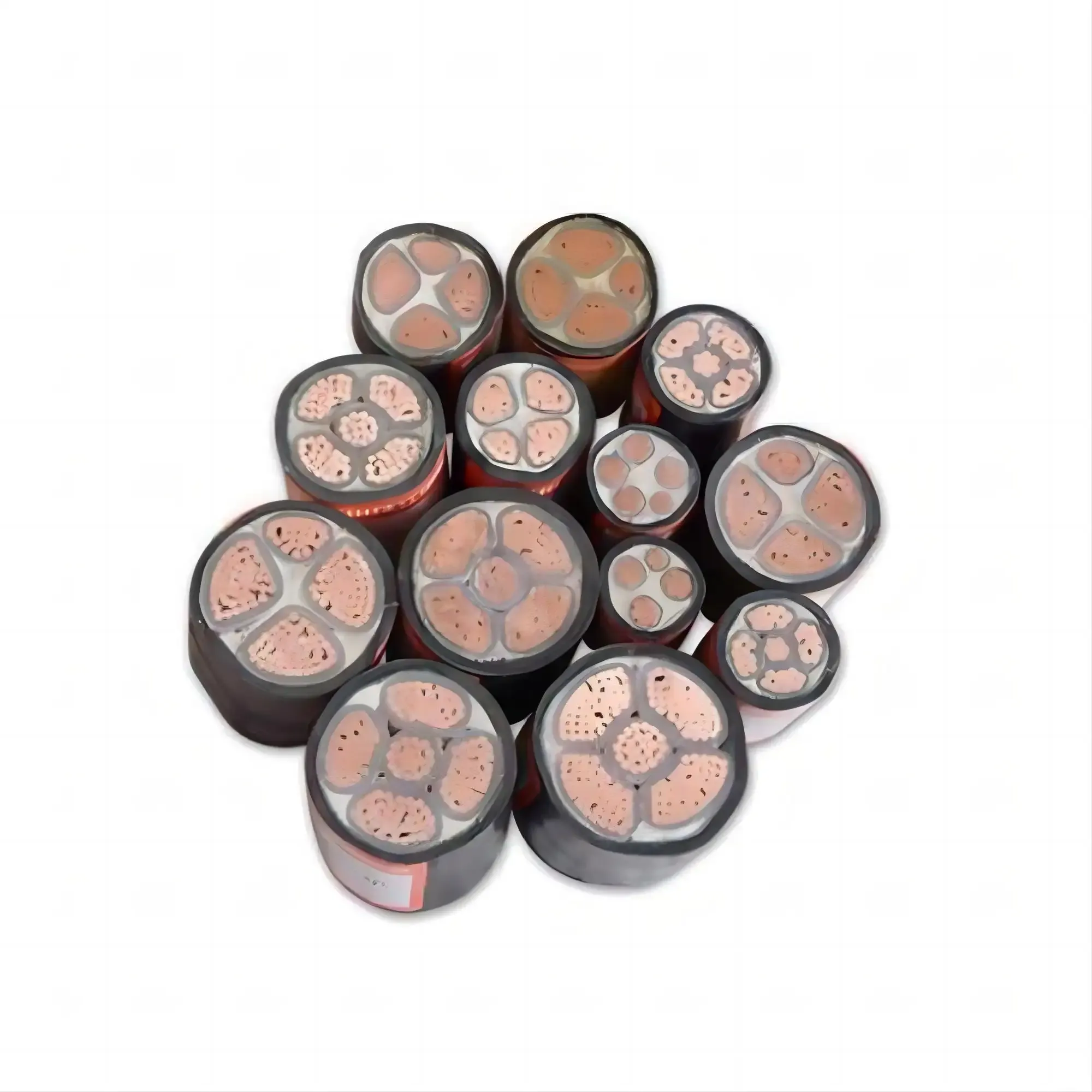Time: 2025-06-11 15:19:08 Source: Henan Province Jianyun Cable Co., Ltd.
Purchasing power cables is a critical decision that impacts the safety, efficiency, and longevity of electrical systems. However, common mistakes during the selection process can lead to performance issues, safety hazards, or costly replacements. This article outlines the top five mistakes to avoid when buying power cables, providing guidance to ensure optimal performance and compliance in various applications.

Selecting a cable without verifying its voltage and current ratings can lead to system failures or safety risks. Power cables are designed for specific voltage levels (e.g., low, medium, or high voltage) and current capacities. Choosing a cable with insufficient ratings may result in overheating, insulation breakdown, or electrical faults. To avoid this, carefully assess the system’s voltage and current demands and select cables with appropriate ratings, ensuring they meet or exceed the application’s requirements.
Failing to account for environmental factors such as temperature, moisture, UV radiation, or chemical exposure can significantly reduce cable lifespan. For example, cables in high-temperature environments require insulation materials like cross-linked polyethylene (XLPE) that can withstand elevated temperatures, while outdoor cables need UV-resistant sheathing. Assess the installation environment and choose cables designed to endure specific conditions, such as moisture-resistant or chemical-resistant options, to ensure durability and reliability.
Selecting the wrong insulation material can compromise safety and performance. For instance, polyvinyl chloride (PVC) is cost-effective for general-purpose applications but releases toxic gases in fires, making it unsuitable for confined spaces. In contrast, XLPE or low-smoke, zero-halogen (LSZH) materials are better for high-temperature or safety-critical applications. Evaluate the application’s fire safety, temperature, and environmental requirements to choose insulation materials that align with performance and regulatory needs.
Incorrect cable sizing or length can lead to inefficiencies or safety issues. Undersized cables may cause voltage drops, overheating, or energy losses, while excessively long cables increase resistance and cost. Calculate the required conductor size based on current load, distance, and acceptable voltage drop, typically aiming for a maximum drop of 3-5%. Additionally, consider installation constraints to avoid overly long cables, ensuring efficient power transmission and cost-effectiveness.
Overlooking industry standards and certifications can result in non-compliance, safety hazards, or project delays. Power cables must adhere to standards such as IEC 60502 for power distribution or UL standards for specific applications. Certified cables ensure quality, safety, and compatibility with local regulations. Verify that cables meet relevant standards and are certified by recognized bodies, especially for applications in regulated industries like construction, transportation, or energy.
Avoiding these common mistakes when purchasing power cables enhances system reliability, safety, and cost-efficiency. By carefully considering voltage and current requirements, environmental conditions, insulation materials, cable sizing, and regulatory standards, professionals can select the most suitable cables for their applications. Thorough planning and adherence to best practices ensure long-lasting performance and compliance, minimizing risks and maximizing the value of the electrical system.